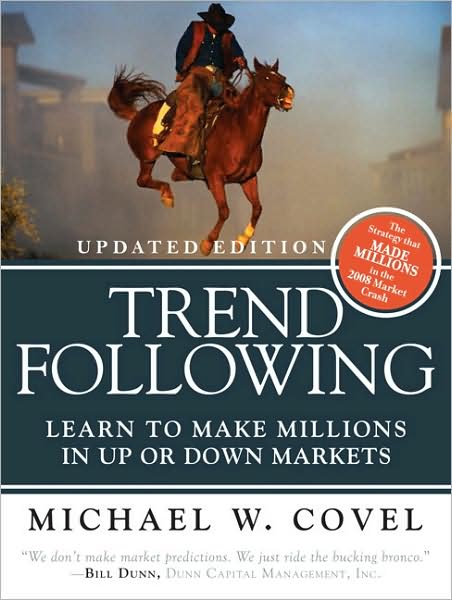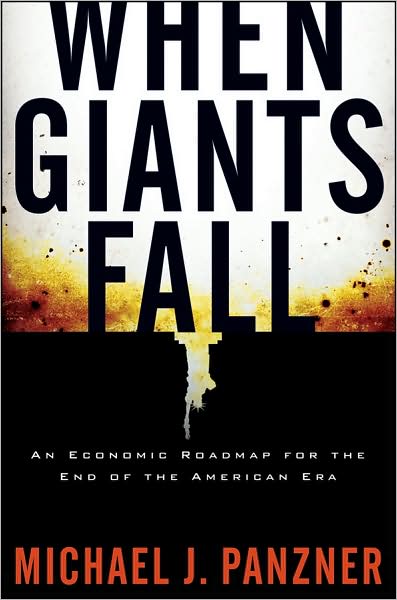Book Review: Quantitative Strategies for Achieving Alpha
 In order to do this book review, I have to compare the book to five others that I have reviewed.
In order to do this book review, I have to compare the book to five others that I have reviewed.
- Trend Following, (2), (3), (4), (5)
- Beat the Market: Invest by Knowing What Stocks to Buy and What Stocks to Sell
- The Fundamental Index
- The Alchemy of Finance, and Soros on Soros
- What Works on Wall Street
I chose these five, because they deal with factors that affect stock performance.? With 1 and 4, you can learn a great deal about price momentum.? With 4, you learn how price momentum and mean reversion interact, and even get taste of why even fundamentalists should grab onto this.
Today’s book, Quantitative Strategies for Achieving Alpha, takes a mix of factors, including price momentum, and attempts to show how investors can achieve above average returns.? That is similar to what was posited in books 2 and 3 in rudimentary ways, and in book 5 in more sophisticated ways.? The book that is most similar to this book is What Works on Wall Street.? More on that later.
The author has seven “basics” that must be applied to all investments:
- Profitability
- Valuation
- Cash Flow
- Growth
- Capital Allocation
- Price Momentum
- Red Flags
These are the building blocks of good investment strategies, and the best strategies use 2 or more of the “basics.”? This is consistent with the book What Works on Wall Street.? The most important “basics” are Profitability, Valuation, Cash Flow, and Price Momentum.? Good strategies will look at most of them.


Quibbles
- The data period for the analyses was short — a mere 20 years 1987-2006.? As time has gone on, data collection has gotten richer, but the 20 year period chosen was one of a big bull market, and not necessarily representative of the next 20 years.
- Data mining — when testing a wide number of similar hypotheses, data snooping is a problem.? If theory A works well, why not test theories A’, A+, A-, A*, etc?? That happens in this book, but it does not make the error of What Works on Wall Street, because it does not make claims that the best strategies from the sample period will be the best strategies for the future.
- Also on data mining, in the price momentum section, analyses are done to see which momentum strategies did best over the sample period, and then those strategies are applied.? Someone starting out in 1987 would not have had the benefit of that knowledge.
- Strategies that favor increasing debt worked well, but that is a relic of the Greenspan era, where overages of debt were never punished.
- Cash flow was an important variable, and there were variables for capital allocation, but there was not much discussion of earnings quality by itself, which has significant predictive powers.
The book is data and statistics heavy, but not equation heavy.? If your eyes glaze over from numbers and statistics, this is not for you.
Wrong way to use the book
Look for the strategies that gave the highest excess returns, Sharpe ratios, etc.? Follow those strategies religiously.? If you do this, you will mimic the excesses of the period 1987-2006.? Those won’t recur in the same way 2009-2028.
Right way to use the book
Use the book to guide your strategies.? Look at how you currently analyze stocks, and see if you aren’t missing significant factors that could improve your performance.? Look to balance your strategies such that all of the main factors get some representation.
Also, the summaries of each chapter are simple, and give the main thrust for those who get tired.? Tortoriello does a good job boiling it down for those needing a summary.? He also does not overpromise; the book is free from overselling, in my opinion.
If you want to buy it you can buy it here: Quantitative Strategies for Achieving Alpha (McGraw-Hill Finance & Investing)
Remember, I read the books that I review.? Not all do.? Those entering Amazon through my site, and buying anything, I get a small commission, and their prices do not rise at all.? This is my version of the “tip jar.”








